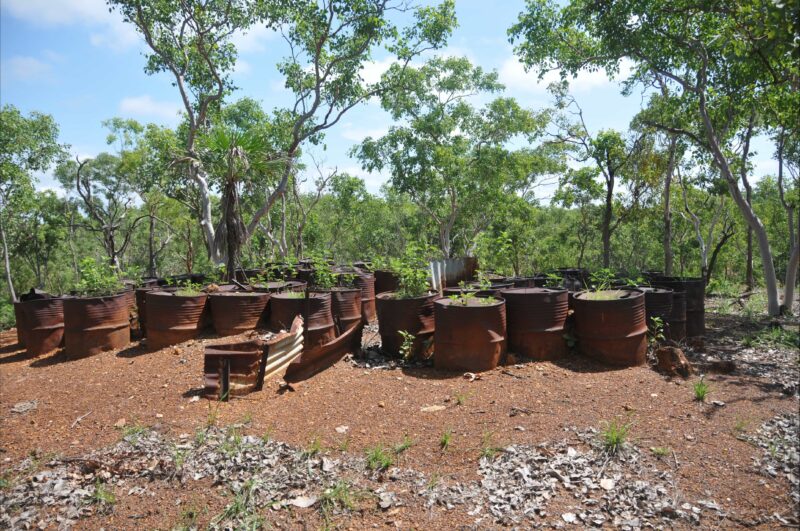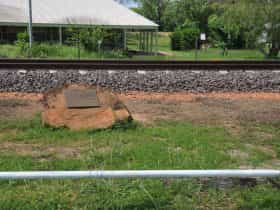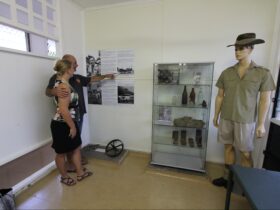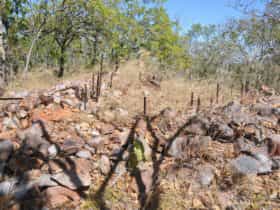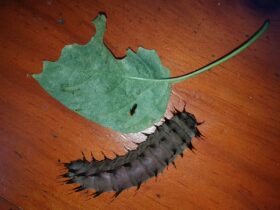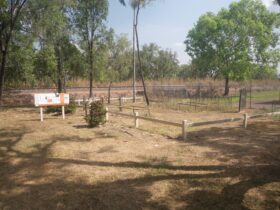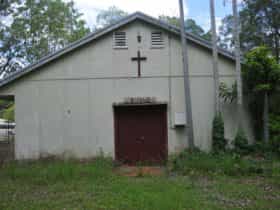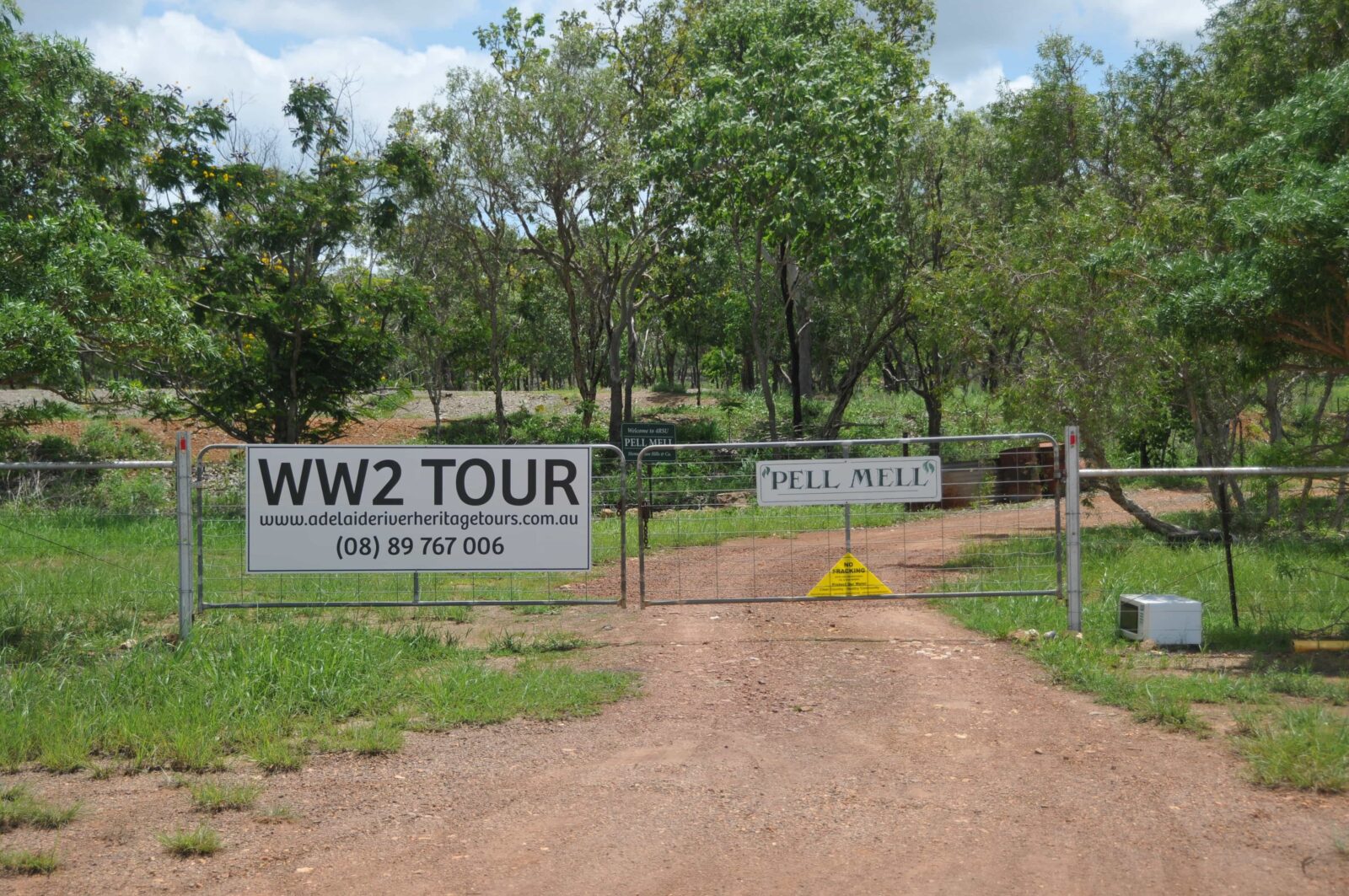
WWII Pell Airstrip Camp A 4RSU Workshop, Adelaide River
Things To Do Adelaide River, Coomalie, Northern Territory
Pell Airfield was named in honour of Major Floyd J Pell, who was killed during the first Japanese attack on Darwin on 19 February 1942. It was developed as part of the Aerodrome Development Program in early 1942 as an aircraft salvage, repair and servicing facility in contrast to airfields further north at Sattler, Strauss and Livingstone, which served as fighter strips.
No. 4 RSU (Repairs and Salvage Unit) arrived at Pell in late 1942 and was one of a number of Repair and Salvage units to occupy the site, remaining there until May 1945. The unit undertook a number of salvage missions in remote and dangerous areas of the Top End of the Territory and carried out servicing to a range of operational aircraft types.
No. 4 RSU relocated to Winnellie in mid-1945 and Pell was abandoned shortly after. The remaining camp, workshops areas and taxiways are relatively intact and combine to present a significant precinct representing the activities of a unit that saw none of the glamour of the operational flying units but was instrumental in the salvage, repair and return to operational service of a range of aircraft types.

